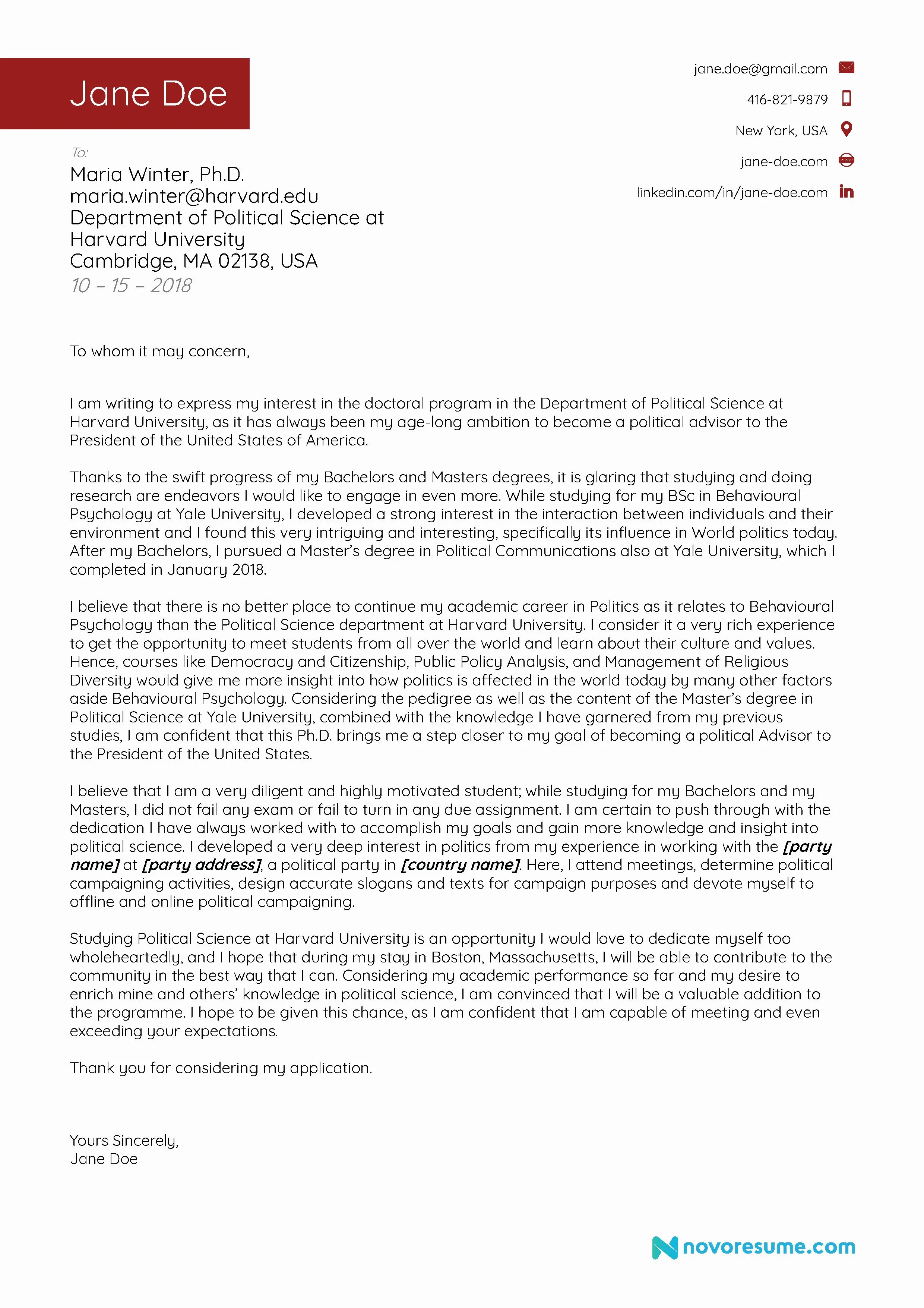Understanding the Harvard Cover Letter
A Harvard cover letter is more than just a formality; it’s your first chance to make a strong impression on a hiring committee. It serves as a crucial introduction, showcasing your skills, experiences, and genuine interest in the specific role and the institution itself. Unlike a generic cover letter, a successful Harvard cover letter must be meticulously tailored to reflect the unique values and expectations of Harvard University. The letter provides an opportunity to articulate why you are the ideal candidate, demonstrating a clear understanding of the position’s requirements and how your qualifications align with them. It’s also an opportunity to showcase your personality, writing style, and the specific contributions you can make to the team. Crafting a compelling cover letter requires careful planning, attention to detail, and a deep appreciation for the institution’s specific culture and expectations. This guide will help you get started.
Key Components of a Harvard Cover Letter
A well-structured cover letter is composed of several key components, each contributing to the overall impact of your application. These components work in concert to present a cohesive narrative of your qualifications and suitability for the role. The header and contact information ensure that the hiring manager knows how to reach you, while the salutation establishes a professional tone. The opening paragraph is critical for grabbing attention, and the body paragraphs provide a space to showcase your skills, achievements, and quantify your accomplishments using data, where possible. Demonstrating a deep understanding of the company is crucial. Finally, the closing paragraph should leave a lasting impression, reiterating your enthusiasm and providing a clear call to action. Each element must be carefully constructed and integrated to create a persuasive and effective cover letter that captures the attention of the hiring manager. The use of a cover letter template may help for the structure.
Header and Contact Information
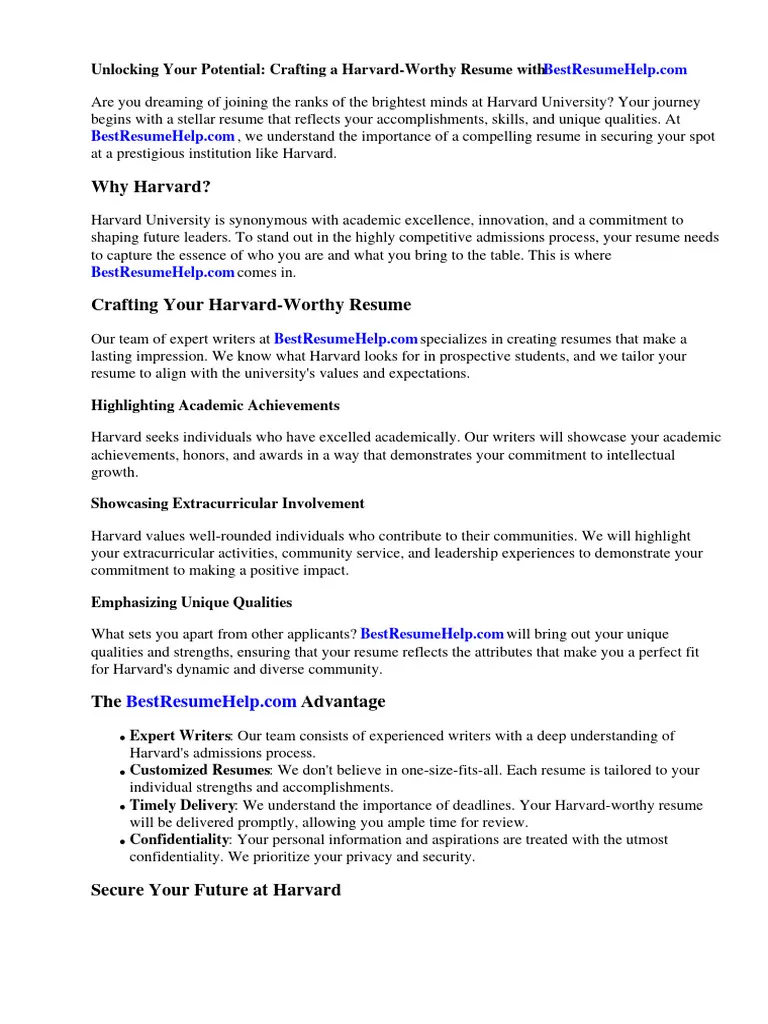
The header of your Harvard cover letter should be professional and easy to read. Include your full name, address, phone number, and email address. Ensure your email address is professional, using your name or initials rather than a generic or informal address. The date should be included below your contact information, and it is followed by the hiring manager’s name, title, and the company’s address. Consistency in formatting is key to maintaining a polished appearance. The header serves as a quick reference point for the recipient and helps ensure that your application is easily identifiable. Always double-check all information for accuracy to avoid any potential errors or omissions. This also shows you pay attention to detail. A well-formatted header conveys professionalism and attention to detail from the outset, setting a positive tone for the rest of your application. A good cover letter template will handle these formatting elements.
The Salutation Addressing the Hiring Manager
Always aim to address your cover letter to a specific person, if possible. Research the hiring manager’s name and title; this shows initiative and a genuine interest in the opportunity. Using a generic salutation like “Dear Sir/Madam” or “To Whom It May Concern” is often less impactful. If you are unable to find a specific name, opt for a professional alternative like “Dear Hiring Manager” or “Dear [Department Name] Hiring Committee.” Your salutation should reflect the formality of Harvard University and the specific role you are applying for. Ensure the salutation is grammatically correct and free of any typos. Tailoring your salutation is a great way to show your cover letter isn’t a generic one.
Crafting a Compelling Opening Paragraph
The opening paragraph is your chance to capture the reader’s attention and set the tone for your letter. Clearly state the position you are applying for and how you found the job opportunity. Briefly mention your most relevant qualifications or experiences that align with the job description. Show your enthusiasm and passion for the role and Harvard’s mission. Avoid generic statements; instead, be specific about why you are interested in the position and the university. This paragraph should be concise, engaging, and immediately demonstrate your suitability. Consider starting with a strong statement that highlights a key accomplishment, skill, or experience that directly relates to the role. The first paragraph should make the hiring manager want to keep reading.
Highlighting Your Achievements and Skills
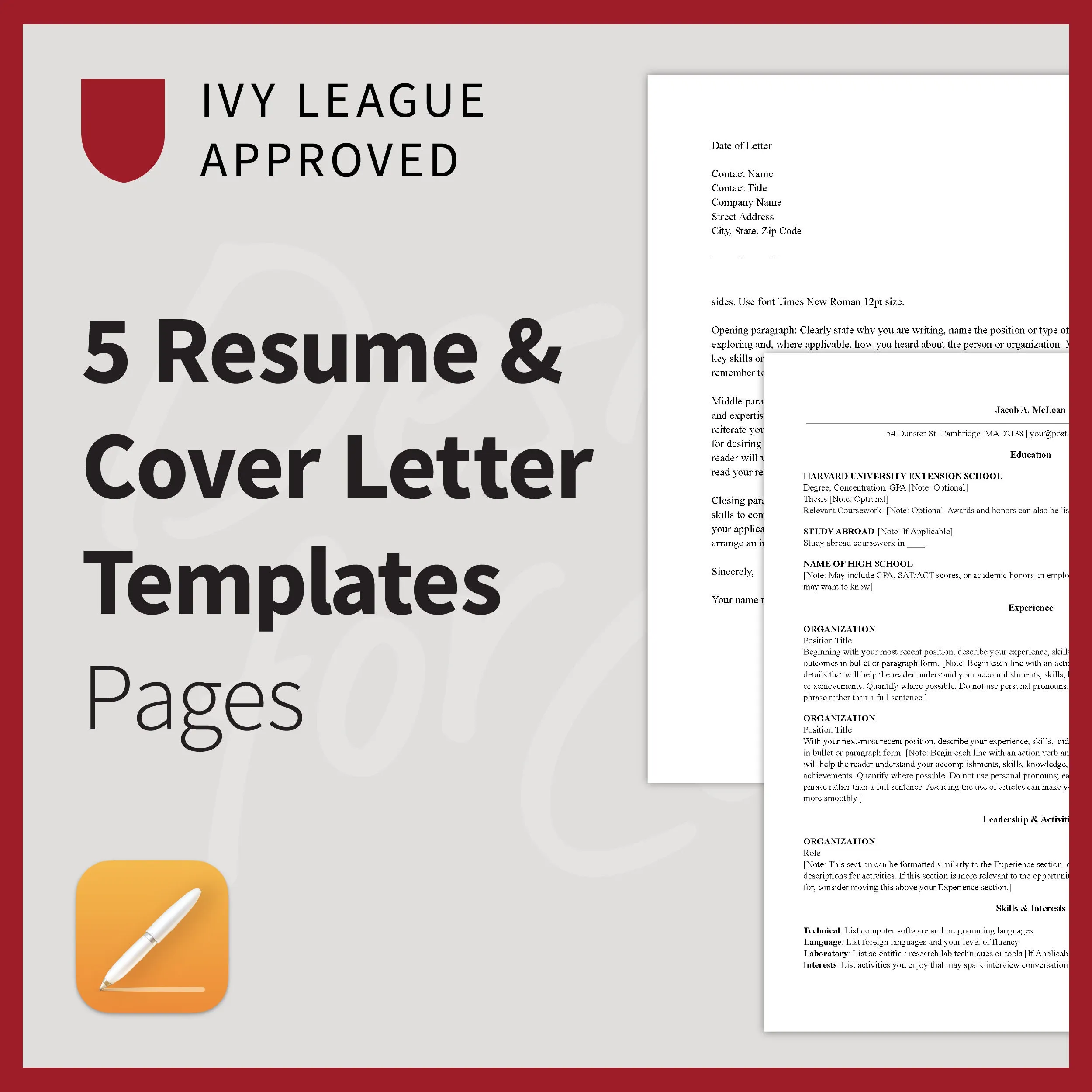
The body of your cover letter is where you demonstrate your achievements and skills. Focus on the most relevant experiences and how they align with the job requirements. Use specific examples to illustrate your skills, providing context and results whenever possible. Tailor your examples to reflect the specific needs and values of Harvard. Avoid simply listing your responsibilities; instead, showcase what you accomplished and how you made a positive impact. Emphasize achievements that demonstrate your ability to contribute to the organization. Use keywords from the job description, but make sure they are integrated naturally into your writing. Structure your paragraphs logically, using clear and concise language. This allows the hiring manager to quickly grasp your qualifications and the value you can bring to the role. Remember to use examples to back up your claims.
Quantifying Your Accomplishments
Quantifying your accomplishments adds credibility and impact to your cover letter. Whenever possible, use numbers and data to illustrate your achievements. Instead of saying “Improved customer service,” state “Improved customer satisfaction scores by 15% within six months.” These details make your achievements more tangible and provide concrete evidence of your skills. This approach showcases your ability to deliver results and helps the hiring manager understand the impact you can make. Use metrics, statistics, percentages, and specific figures to demonstrate the scale and scope of your accomplishments. Be sure the data you provide supports your claims and aligns with the role’s expectations. Quantifying your achievements sets you apart from other applicants by providing tangible evidence of your skills and abilities.
Tailoring Your Letter to Harvard’s Culture
Demonstrate your understanding of Harvard’s values and culture. Research the university’s mission, values, and recent initiatives. Show how your skills and experiences align with their goals. Reference specific programs, departments, or professors that resonate with your interests and the role you are applying for. Use language and tone that reflects the academic and professional environment of Harvard. Highlighting your knowledge of Harvard’s unique culture shows your genuine interest and that you have done your homework. This demonstrates your ability to integrate into the Harvard community and contribute to its specific goals. Demonstrate that you are more than just a good candidate, you are the right fit.
Demonstrating Research and Understanding
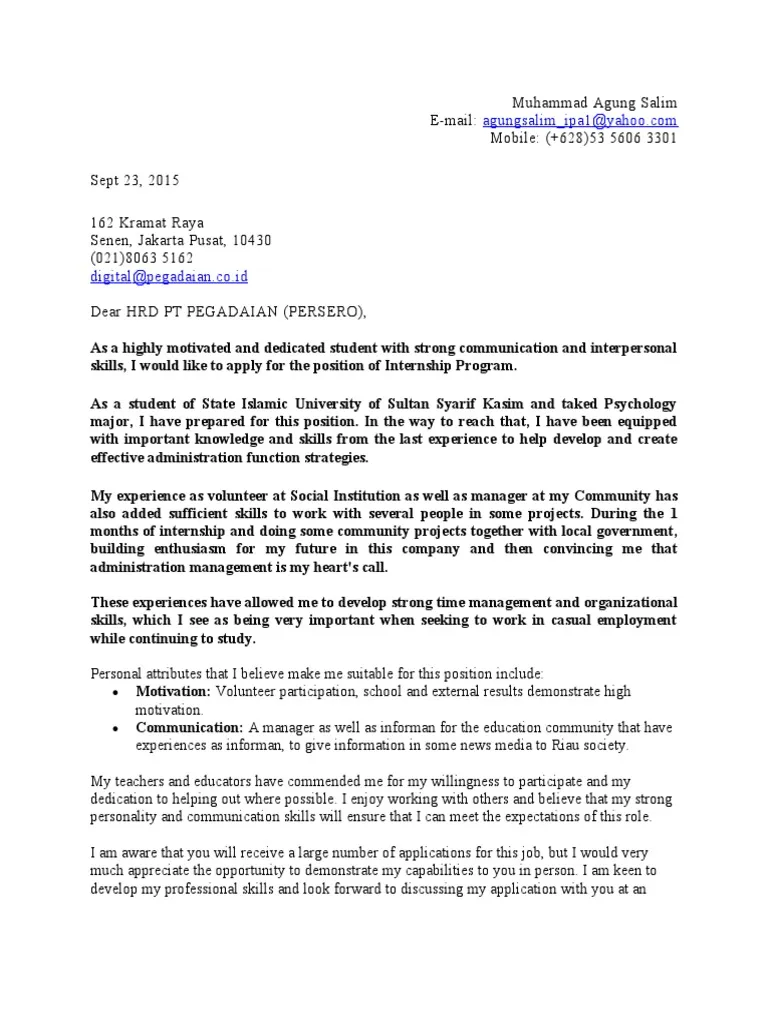
Your cover letter should demonstrate that you have thoroughly researched the role and Harvard University. Mention specific projects, initiatives, or departments that align with your interests and career goals. Show how your skills and experiences directly address the job requirements. Avoid generic statements; instead, be specific about why you are interested in the position and the university. Demonstrate that you understand the challenges and opportunities within the role and the university’s mission. This level of detail shows your commitment and enthusiasm for the opportunity. Research can include the department, the university’s goals, recent news, and any relevant faculty. Demonstrate your knowledge to set yourself apart.
Expressing Your Enthusiasm for the Role
Expressing genuine enthusiasm for the role and Harvard University is essential. Clearly articulate why you are excited about the opportunity and how it aligns with your career goals. Show how you see yourself contributing to the university’s mission and values. Avoid generic phrases and instead, be specific about what excites you. Mention specific projects, initiatives, or aspects of the role that resonate with you. Your enthusiasm should be evident throughout your letter, from the opening paragraph to the closing. Expressing your excitement demonstrates that you are passionate about the role, the university, and are committed to making a positive impact.
Formatting and Presentation
The formatting of your cover letter should be clean, professional, and easy to read. Use a standard font like Times New Roman, Arial, or Calibri, with a font size between 10 and 12 points. Maintain consistent margins and spacing throughout the document. Ensure that your letter is well-organized, with clear paragraphs and logical flow. Use bullet points or numbered lists to highlight key skills, achievements, or experiences. Proofread carefully for any grammatical errors or typos. The presentation should be clean and uncluttered, with a focus on readability. A well-formatted cover letter demonstrates attention to detail and professionalism, making a positive impression on the hiring manager. Make sure the cover letter is visually appealing and easy to navigate.
Proofreading and Editing
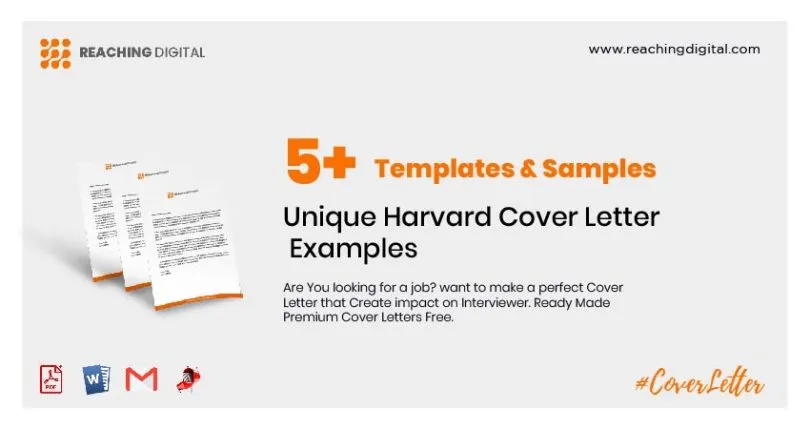
Proofreading and editing are critical steps in the cover letter writing process. Carefully review your letter for any grammatical errors, typos, or inconsistencies. Ask a friend, family member, or career advisor to review your letter as well. A second pair of eyes can often catch errors that you may have missed. Ensure your language is clear, concise, and professional. Double-check all names, dates, and contact information for accuracy. Proofreading demonstrates attention to detail and ensures that your letter presents you in the best possible light. A polished, error-free cover letter shows that you are careful and professional. Take the time to check your work, as errors can negatively impact your application.
The Closing Paragraph and Call to Action
Your closing paragraph should reiterate your interest in the role and Harvard University. Express your enthusiasm for the opportunity and your confidence in your ability to contribute. Provide a clear call to action, such as requesting an interview or expressing your availability for a phone call. Thank the hiring manager for their time and consideration. End the letter with a professional closing, such as “Sincerely” or “Best regards”, followed by your full name. The closing paragraph provides a final opportunity to leave a positive impression and encourages the hiring manager to take the next step. Always keep your closing concise, professional, and leave a lasting positive impression.
Resources for Harvard Cover Letters
There are several resources available to help you create a compelling Harvard cover letter. University career services offer guidance on cover letter writing and can review your draft. Online templates and examples can provide a starting point, but be sure to customize them to reflect your experiences and the specific job requirements. Professional resume writers offer cover letter writing services and can provide valuable feedback and assistance. Referencing Harvard’s website, job postings, and any provided guidelines will assist you. Seek advice from mentors, alumni, or professionals who have experience working at Harvard. These resources can help you create a cover letter that stands out and increases your chances of success.
